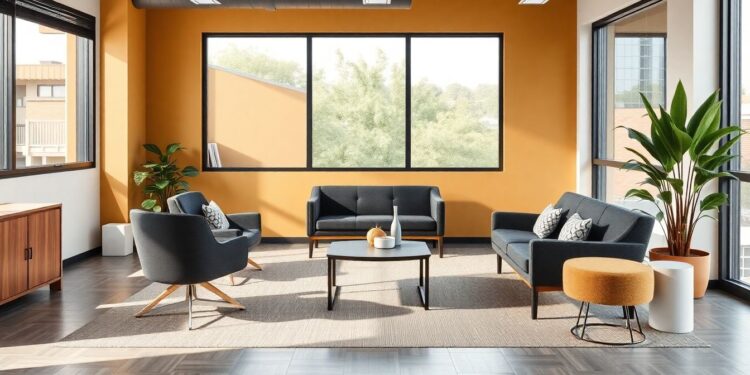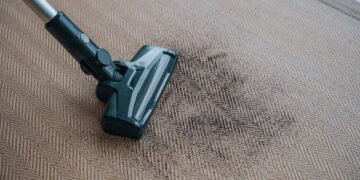In today’s fast-paced work environment, the design of office spaces plays a crucial role in influencing employee productivity and satisfaction. Modern breakout office furniture has emerged as a key element in creating dynamic and flexible workspaces that cater to the diverse needs of employees. These breakout areas are not just about aesthetics; they are strategically designed to foster collaboration, creativity, and relaxation, ultimately boosting overall productivity. As businesses continue to evolve, the demand for innovative office furniture solutions that support these goals is on the rise. This article delves into the intricacies of designing breakout areas with modern office furniture, exploring how these spaces can be optimized to enhance productivity and well-being in the workplace.
Designing breakout areas with modern office furniture
Creating effective breakout areas requires a thoughtful approach to design, where the choice of furniture plays a pivotal role. Modern breakout office furniture is characterized by its versatility, ergonomic design, and ability to adapt to various functions. When designing these spaces, it’s essential to consider the specific needs of the workforce and the overall goals of the organization. The furniture should not only be aesthetically pleasing but also functional and conducive to different activities, whether it’s brainstorming sessions, informal meetings, or relaxation.
One of the key aspects of designing breakout areas is flexibility. Modular furniture, such as movable chairs and tables, allows for easy reconfiguration of the space to accommodate different group sizes and activities. This adaptability is crucial in a modern office environment where the nature of work is constantly changing. Additionally, incorporating elements like acoustic panels and privacy screens can help create a more focused and comfortable environment, reducing noise and distractions.
Ergonomics is another critical factor to consider when selecting modern breakout office furniture. Ergonomically designed furniture supports the physical well-being of employees, reducing the risk of strain and injury. Comfortable seating options, adjustable tables, and supportive backrests are essential components that contribute to a healthier and more productive workspace.
For more insights into modern office furniture solutions, visit https://2020furnituredesign.co.uk/furniture/.
Boosting productivity through strategic design
The design of breakout areas can significantly impact employee productivity. By providing spaces that encourage collaboration and creativity, businesses can foster a more engaged and motivated workforce. Breakout areas serve as informal meeting spaces where employees can gather to share ideas and work together on projects. This collaborative environment can lead to increased innovation and problem-solving capabilities.
In addition to promoting collaboration, breakout areas also offer employees a place to relax and recharge. Incorporating elements such as comfortable seating, natural lighting, and greenery can create a calming atmosphere that helps reduce stress and improve mental well-being. These spaces provide employees with an opportunity to take a break from their desks, which can lead to increased focus and productivity when they return to their tasks.
Furthermore, the strategic placement of breakout areas within the office can enhance their effectiveness. Positioning these spaces near workstations or in central locations encourages spontaneous interactions and makes them easily accessible to all employees. This accessibility ensures that breakout areas are utilized to their full potential, contributing to a more dynamic and collaborative work environment.
Examples and additional considerations
When designing breakout areas, it’s important to consider the specific culture and needs of the organization. For example, a tech company might prioritize open, collaborative spaces with high-tech amenities, while a creative agency might focus on vibrant, inspiring designs that stimulate creativity. Understanding the unique requirements of the workforce will guide the selection of appropriate furniture and design elements.
Incorporating technology into breakout areas is another consideration that can enhance their functionality. Providing access to power outlets, charging stations, and wireless connectivity ensures that employees can seamlessly transition between work and relaxation. This integration of technology supports a more flexible and efficient work environment.
Finally, sustainability is an increasingly important factor in office design. Choosing eco-friendly materials and furniture not only supports environmental goals but also aligns with the values of many modern businesses. Sustainable design practices can contribute to a healthier workplace and demonstrate a commitment to corporate social responsibility.
In conclusion, modern breakout office furniture plays a vital role in creating productive and engaging workspaces. By carefully considering the design and functionality of these areas, businesses can enhance employee satisfaction, foster collaboration, and ultimately boost productivity. As the workplace continues to evolve, the importance of well-designed breakout areas will only grow, making them an essential component of any modern office.













